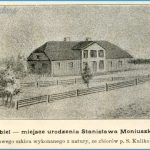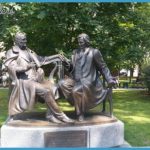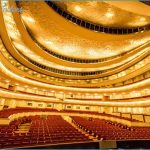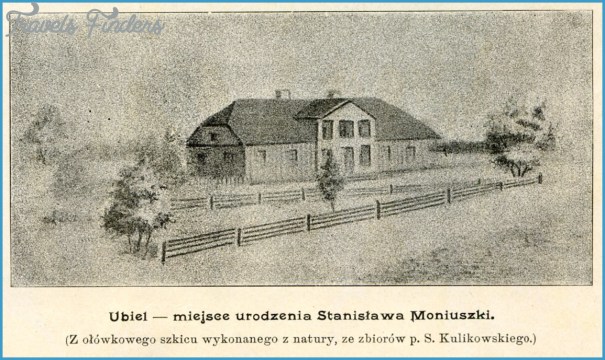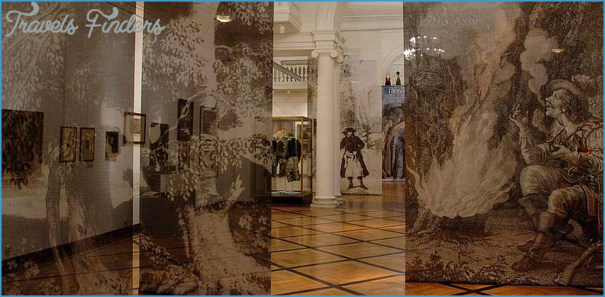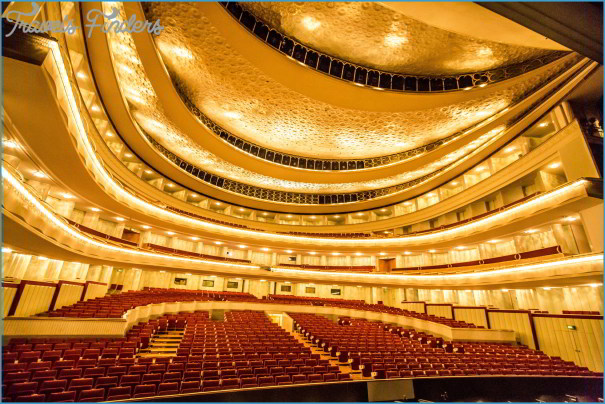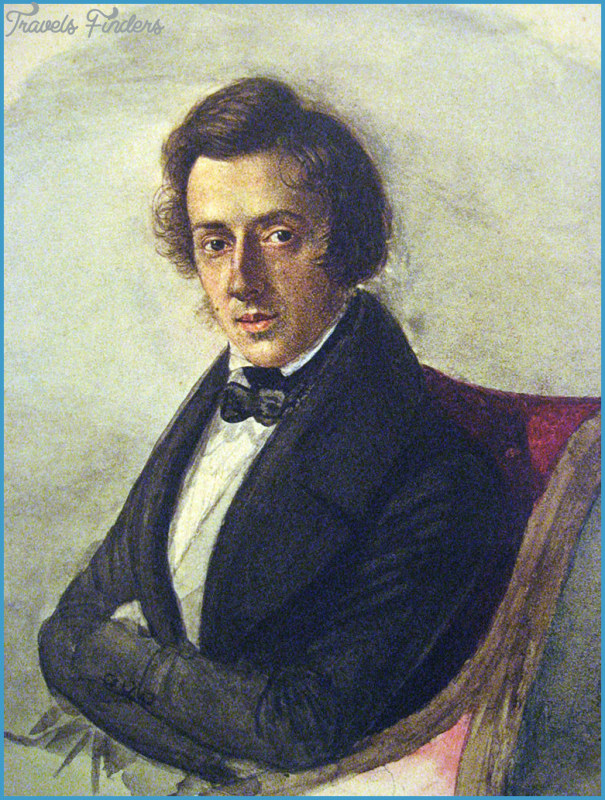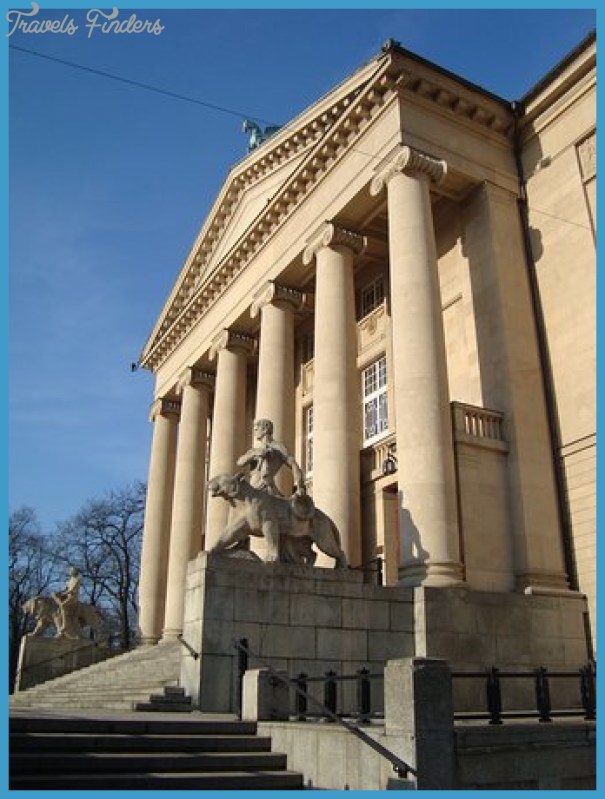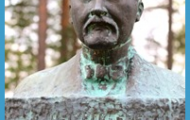MONIUSZKO MUSEUM
In Poland, no composer bar Chopin is taken more seriously as a national figure than Stanislaw Moniuszko. Composer of the first national Polish opera, Halka, he is commemorated by a memorial at the Grand Opera and Ballet Theatre in Warsaw, by a festival at Kudowa Zdroj, by a singing competition in Warsaw and by Moniuszko societies in Poland and Boston; there has even been talk of having him canonized by the Polish Pope. There is an Estonian trawler named after him, too, and a foundation in Tokyo. Trained in Berlin, Moniuszko spent 17 years (1840-57) working in Wilno (now Vilnius, capital of Lithuania) as organist of St Catherine’s, where his house in Vokieciu gatve is marked with a plaque and there is a bust of him in a tiny park in the nearby Vilniaus gatve. He then moved to Warsaw, where he died in 1872. There is no museum or memorial place to him in Poland (the society dedicated to him in Warsaw includes the word museum’ in its formal title but it is not a museum and has no display or public premises).
But there is one in Belarus. Moniuszko was in fact born (in 1819) not in Poland but in what was then Belorussia, where his family had a large estate, Ub’el, some 50 km south-east of Minsk. His ancestry was mixed. His grandfather, Polish but of Italian extraction, was the richest man of his day in the country. At the age of 50 he married the daughter of a Belorussian civil servant and they had 17 children (four of the sons, educated at Wilno University, fought on Napoleon’s side in the 1812 war). Each son was given an estate: Moniuszko’s father – who lost an eye from plague but was a talented amateur artist – got Ub’el. His wife, of
Belorussian and Armenian descent, was the first music teacher of her son, who went to school first in Warsaw and then in Minsk (there is a plaque to him on the Polish gymnasium, one of the city’s few older buildings to have survived).
MONIUSZKO MUSEUM Photo Gallery
The region was the scene of fierce fighting in World War II and the manor house where Moniuszko was born was flattened; the grounds are now occupied by a sanatorium and a children’s holiday camp. The site of the actual house was uncovered in the 1960s by a Polish archaeologist, Marion Fuchs, who in 1969 (the composer’s 150th anniversary) was instrumental in the erection of a monument there. His birthday is celebrated on the site each year. There are plans for building a museum and a concert hall, involving Polish government agencies and the Belarus Ministry of Culture, but at the moment the forest is undisturbed apart from indications of where the house stood.
However, in the nearby village of Azerni (or Ozerniy: the name, lakes’, notes the dozen artificial lakes developed there), there is a small but attractively laid out museum to Moniuszko (or Manyushka, as his name reads in Belarus); to reach it by road, take the A4 (A244) out of Minsk and turn right on the 9932 towards Cherven’. The museum is housed in the local school, formerly the teacher’s quarters on the ground floor. The first of the four rooms commemorates his childhood years, with attractively arranged reproductions of some of his father’s drawings from the 1830s. The years at the Academy in Berlin and as a practising musician in Vilnius and Warsaw are evoked in the second and third rooms, with prints, drawings (among them a charming one of 1842 with his future wife, and some of members of his Warsaw circle) and title-pages of his publications, some of them in facsimile, as well as posters, handbills and librettos. On the upper walls are what is in effect a frieze of reproductions of prints of musical buildings – theatres, churches, conservatories – in the cities where his music was heard, and scenes from Halka (his most famous and most nationalist opera) and Straszny dwor (‘The Haunted Manor’, also still admired and revived). There are opera costumes from Warsaw, editions, recordings and books. Most of the final room is devoted to Moniuszko’s later reception. There is a newspaper obituary and an account of his funeral, said to have been attended by 100,000 people.

